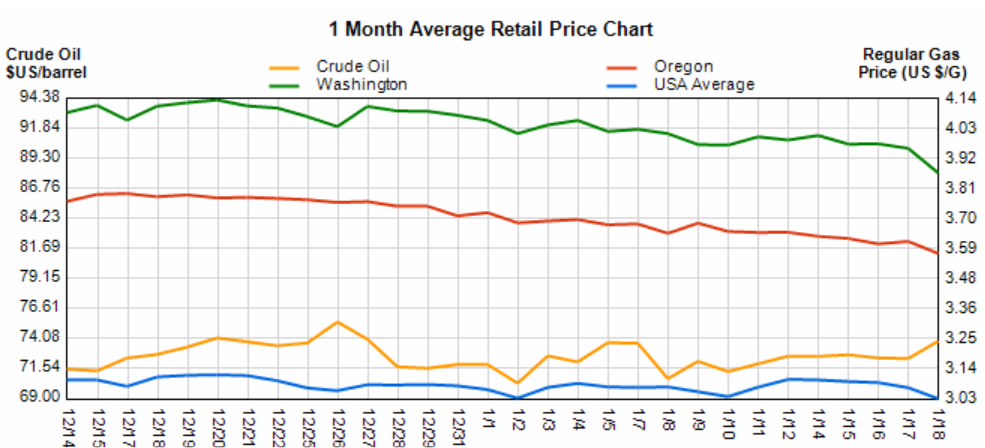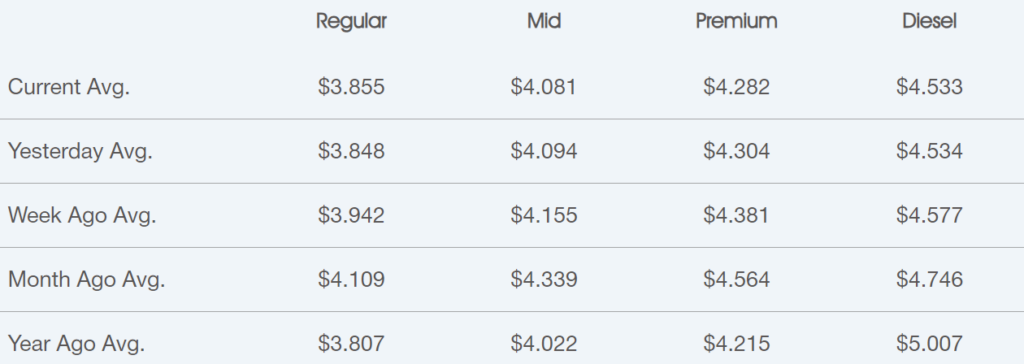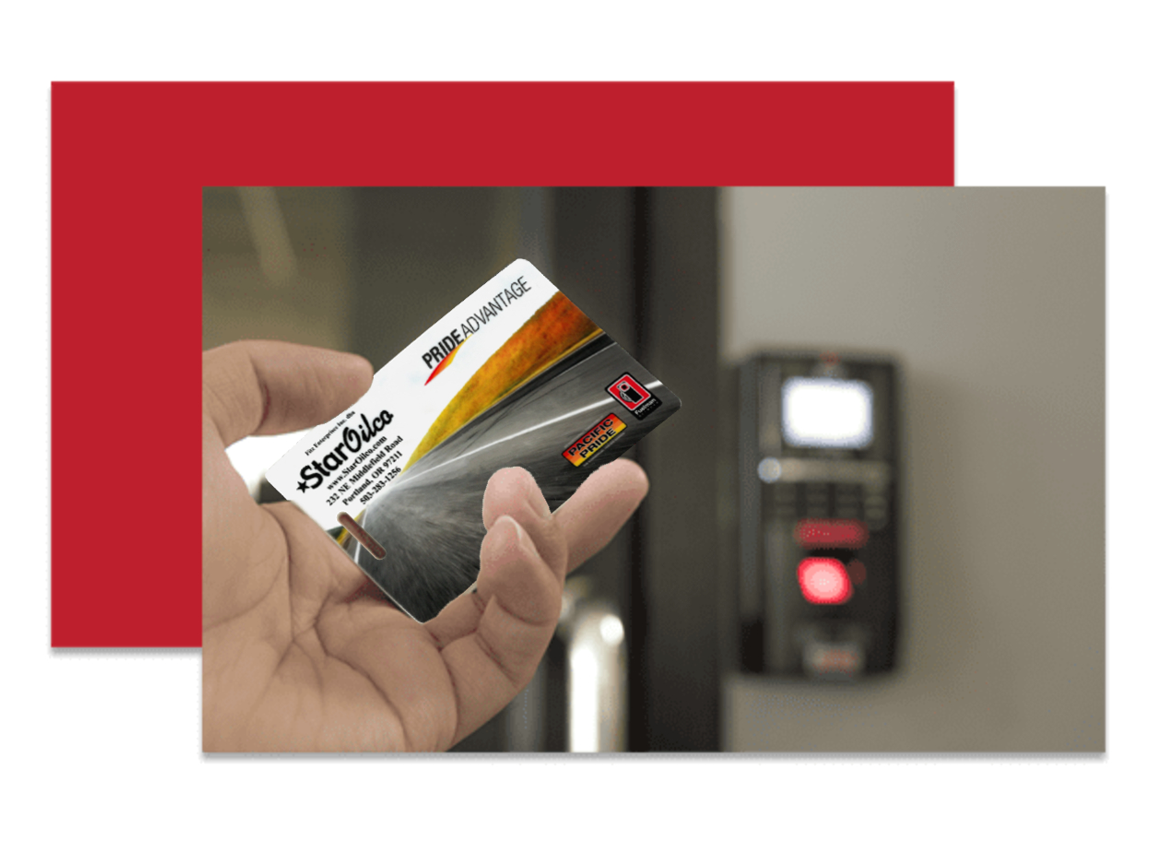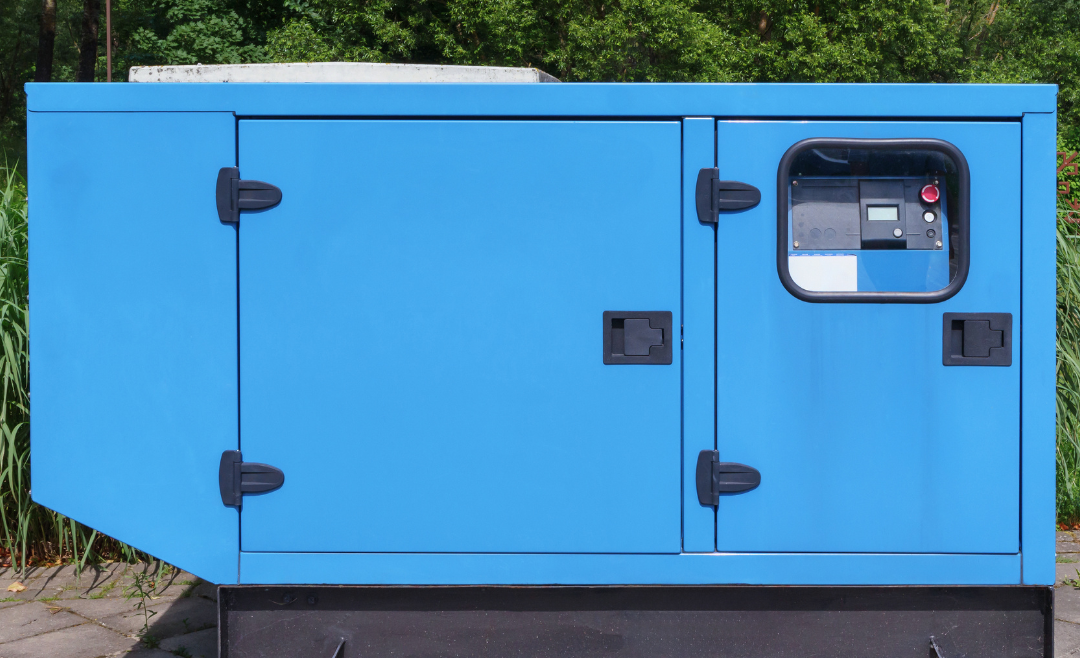Fuel Market Report: Jan 21st, 2024 – Jan 27th, 2024
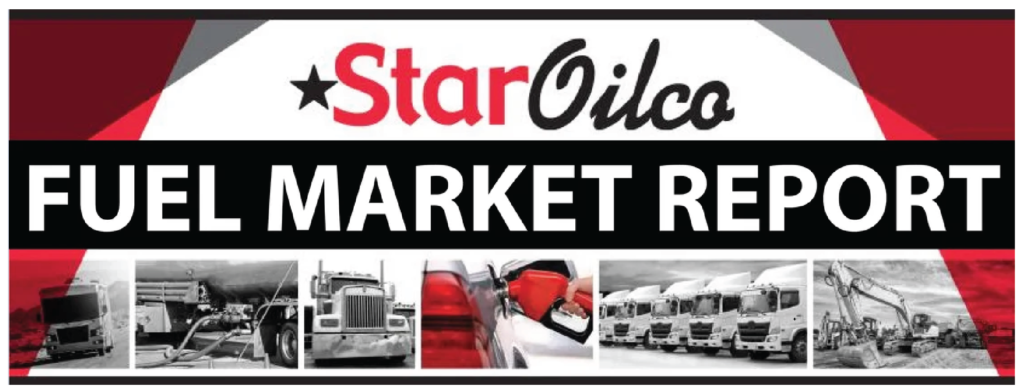




Oregon Fuel Price Variance
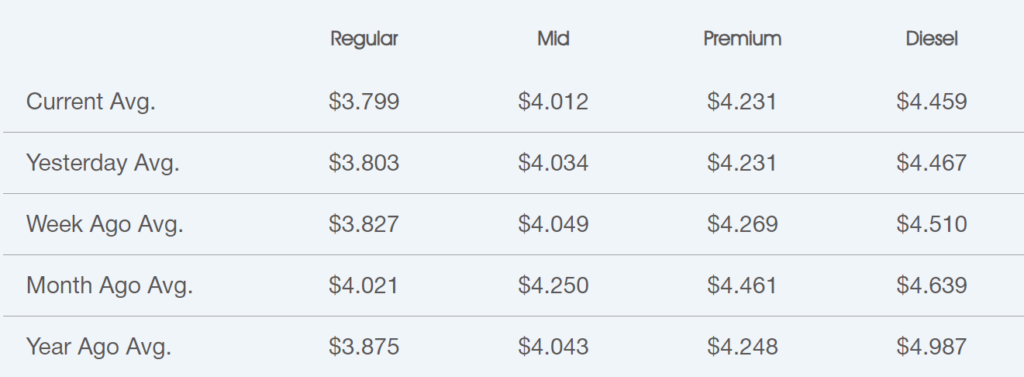
Fuel Market News
Pump prices varied throughout the week, spiking in the middle of the week and coming back towards the end of the week with no real significance to the overall market. OPIS wholesale rack averages increased over $0.05 across the board for E10, B5 & B20. While the national average increased by just $0.03. As most analysts predicted, the market is beginning to rise incrementally. Gas is still $0.40 cheaper than it was last year, which should stay consistent across the next few weeks. With spring on the horizon, it is likely that traveling trends will increase which will increase the demand for fuels in most regions. The market is still relatively low for the time being, making it a great time to fill up your bulk tanks before March.
Reasons For Lower Prices:
- Oil Prices Below $75, currently $73/barrel
- Winter Fuel Blend
- Decreased Demand For Gas
Crude oil is trading below $80 for the fourth straight week at a current price of $78.38/barrel. $5.00 higher than last week, as oil prices trended upward for the second week straight.
Crude oil is the main ingredient for gasoline and diesel. Per AAA, on average about 50% of what you pay at the pump is the price of crude oil, breaking down as 25% refining, 11% distribution & marketing, and 14% taxes—a helpful breakdown for consumers wondering why they are paying the prices that they pay. Crude Oil is trading around $78 per barrel compared to $73 last week and $89 a year ago.
It’s essential to recognize that fuel prices result from a complex interplay of the factors mentioned above in addition to other factors regionally. Additionally, prices may vary by specific regions within Oregon and Washington. For the most precise and up-to-date information on fuel prices and the causes for these price changes within your area, it is advisable to consult local news outlets, government energy agencies, or industry reports.
If you have any questions, feel free to contact Star Oilco and speak to one of our fuel market advisors to discuss how the market can impact your business.




